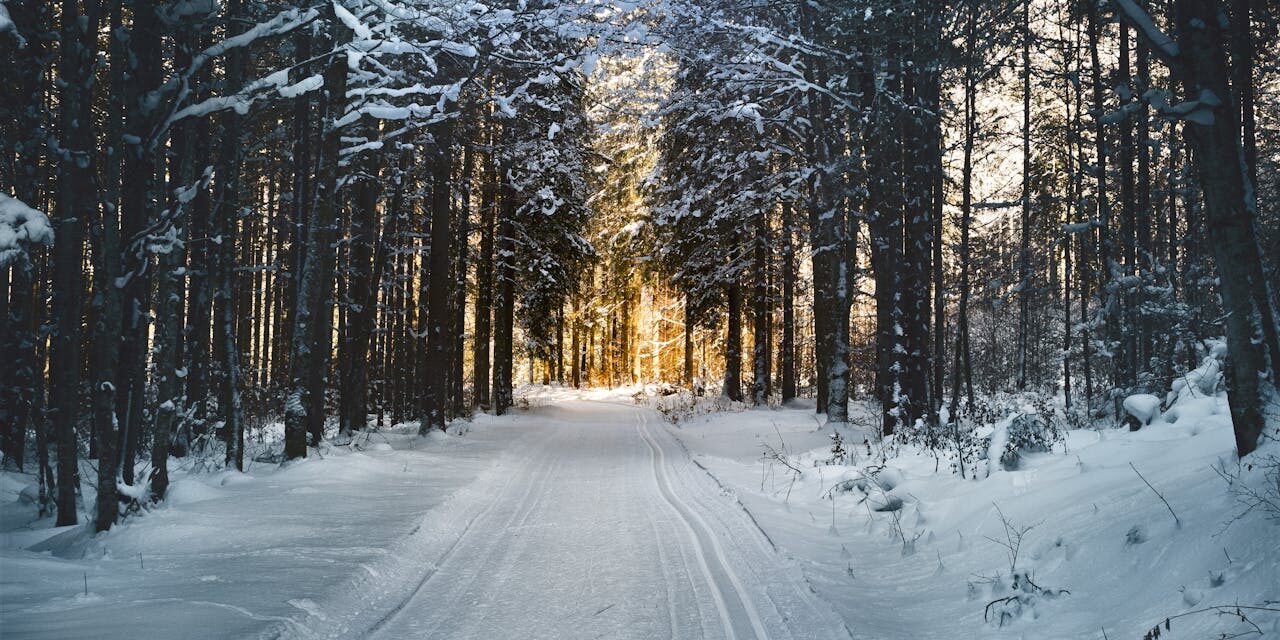Name: Martin Buser
Kennel: Happy Trails Kennel
Birthplace: Winterthur, Switzerland
Current Residence: Big Lake, Alaska, United States
Occupation: Dog Musher and Tour Operator
Table of Contents
Introduction To Our Musher
See Bio on my website at BuserDog.com
The Background of Our Musher
How did you get involved with the sport of dog sledding?
Through a veterinarian friend who raced Siberian Huskies in Holland.
Who have been your biggest supports during your mushing years?
Rick Swenson, Susan Butcher, Jim Welch, George Attla & Gareth Wright.
How long have you been addicted to mushing?
30+ Years!
Maintaining A Kennel
How many lucky dogs currently enjoy your kennel?
86 dogs.
What is the feeding routine for your dogs?
EAGLE Premium Pet Food/ Ultra & Power Pack.
What is your kennel philosophy?
Happy healthy dogs that are well trained are the goal of our operation. We never blame the dog if things don’t go according to plan. I take full responsibility for my dog’s performance, positive or negative.
What is important to you when maintaining a kennel of working dogs?
All dogs need a waterproof comfortable house with a constant supply of water, straw in winter, and at least 6 feet of chain, preferably so they can play with their neighbor.
Working With the Dogs
What physical attributes do you try and produce in one of your average sled dogs?
Weight at 45-60 lbs. Deep chest, sloping croup, full extension of front end.
What breeds do you currently mush with?
Alaskan Husky.
What is the demeanor like in all of your sled dogs?
Happy confident and hard working.
The Magical World of Puppies
How do you house your puppies?
In pens.
During the first months of a puppy’s life, what is their training like? What do you work on with them?
We play with their feet, hold them, and visit with them with their Moms.
What do you look for in your breeding pair?
Genetic compliments based on performance in races.
Training: The Hard Part
What is your way of thinking when it comes to racing and training?
Racing is only the test for all the weeks of training. Enjoy training since it lasts many more weeks than the racing. Go on long trips with your dogs, camp out and get to know them like you would your best friend.
Could you describe your yearly training program?
The young dogs begin training with the older more experienced dogs. They should go on very short runs at first and have fun.
What tools are most important to you when training your sled dogs?
Patience and positive attitude.
What are your training goals each year?
To go into Iditarod with dogs well trained. Mileage depends on the individual dog.
Racing: Oh Glorious Racing!
Do you race? If so, what races?
Yes, Iditarod, Kusko 300, another 300 mile race, and the Kobuk 440.
What are your goals during the racing season?
Win Iditarod.
Could you tell us about your first race?
My first race was a sprint race with pure bred Siberian Huskies in Europe. It was a lot of fun and very quick.
How do you decide which dogs make the race team?
Based on the entire year’s training: attitude and performance.
If you could, what are your racing strengths and weaknesses?
My strengths are efficient checkpoint routines, attention to dog care, and ability to repair and regroup. My primary weakness is sometimes being too empathetic to my dogs.
How do you decide which races you will be entering during the racing season?
Timing and conditions.
What Does The Future Hold?
What do you hope to accomplish with the dog sledding sport?
Six Iditarod Wins.
What changes do you hope dog sledding makes in the near future?
Improved scientific information on dog care, performance, and nutrition.
To the beginning musher, what advice would you give?
Take responsibility for your dogs and never blame the dogs!!!! Be prepared to work hard for long hours and have fun with your canines.
If mushers were to do something to perpetuate the dog sledding sport, what would that be?
Take outstanding care of their dogs!





